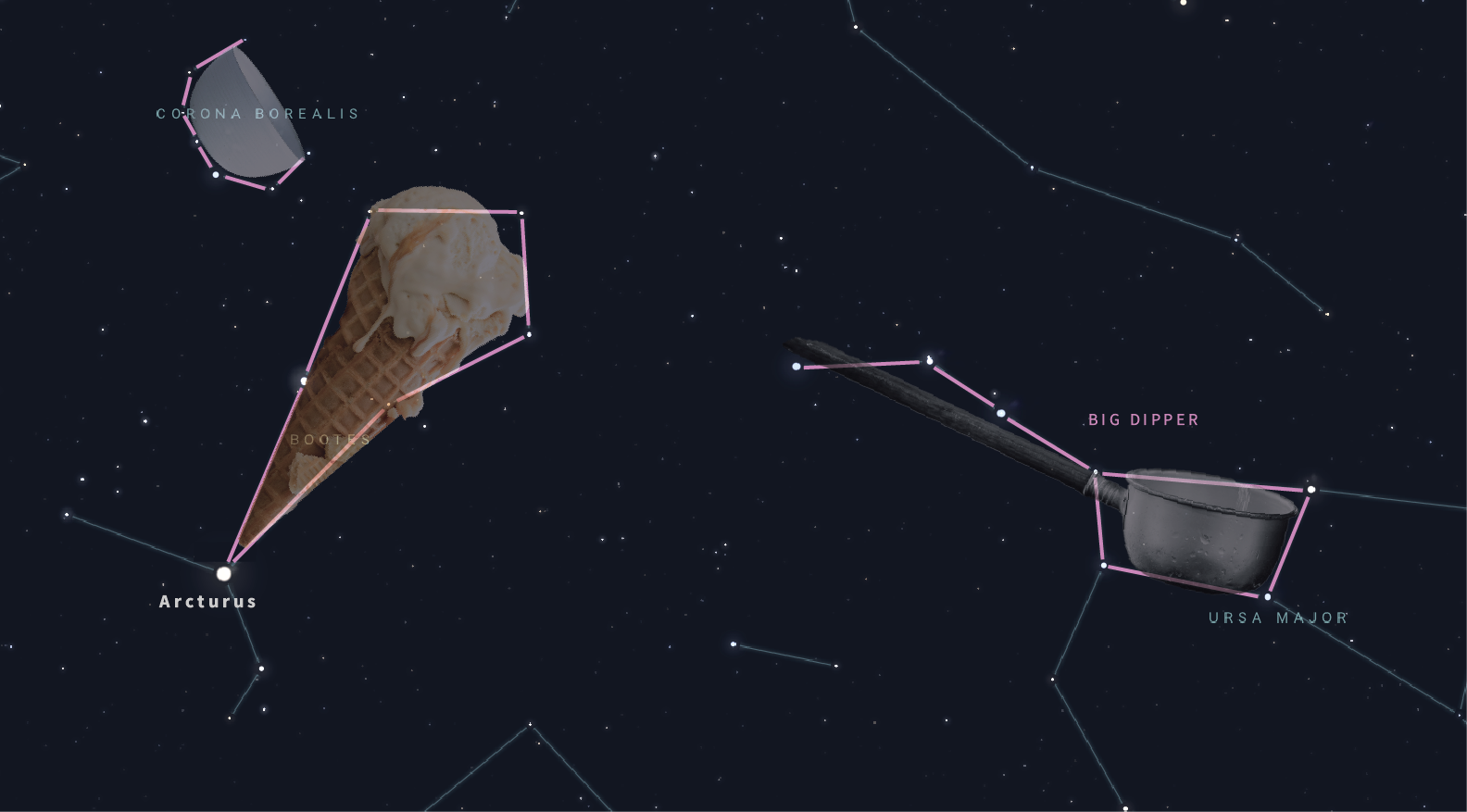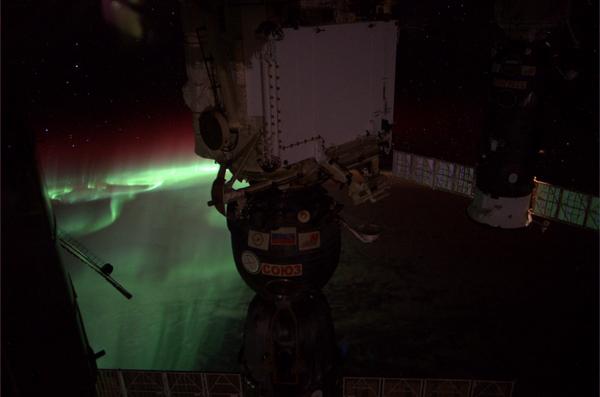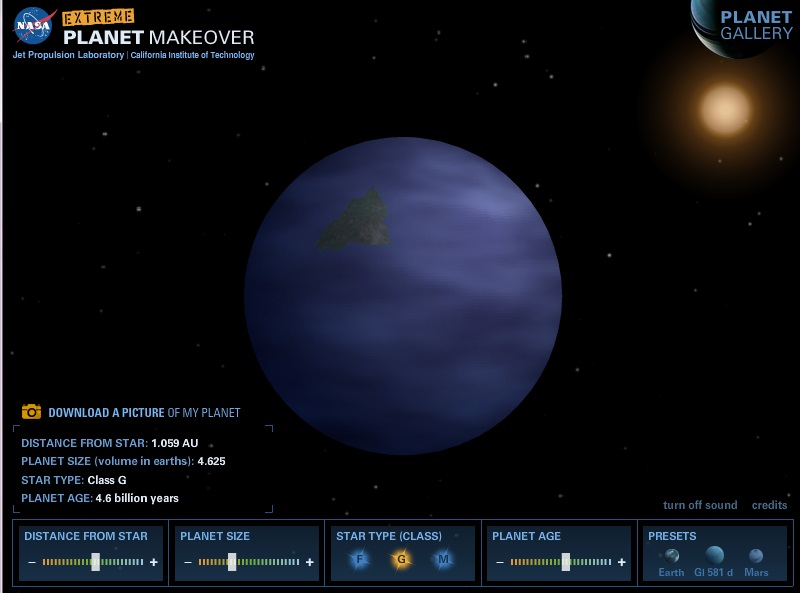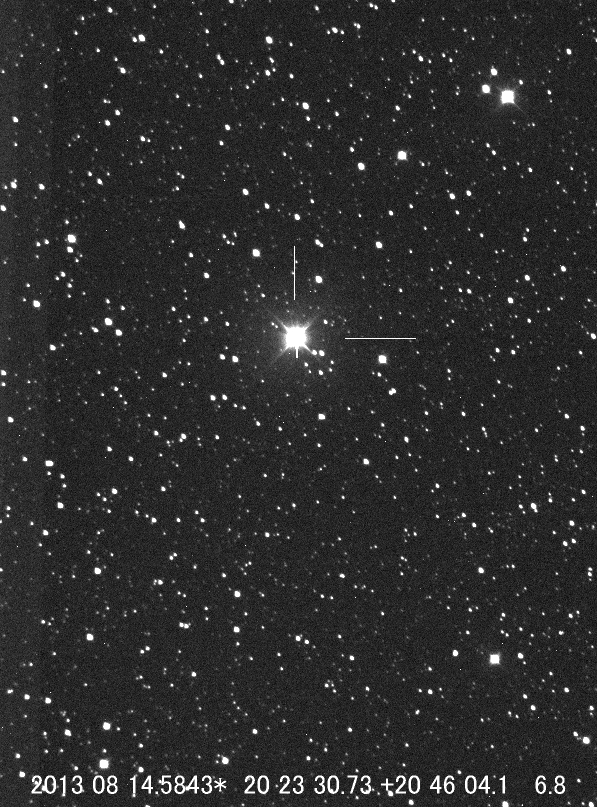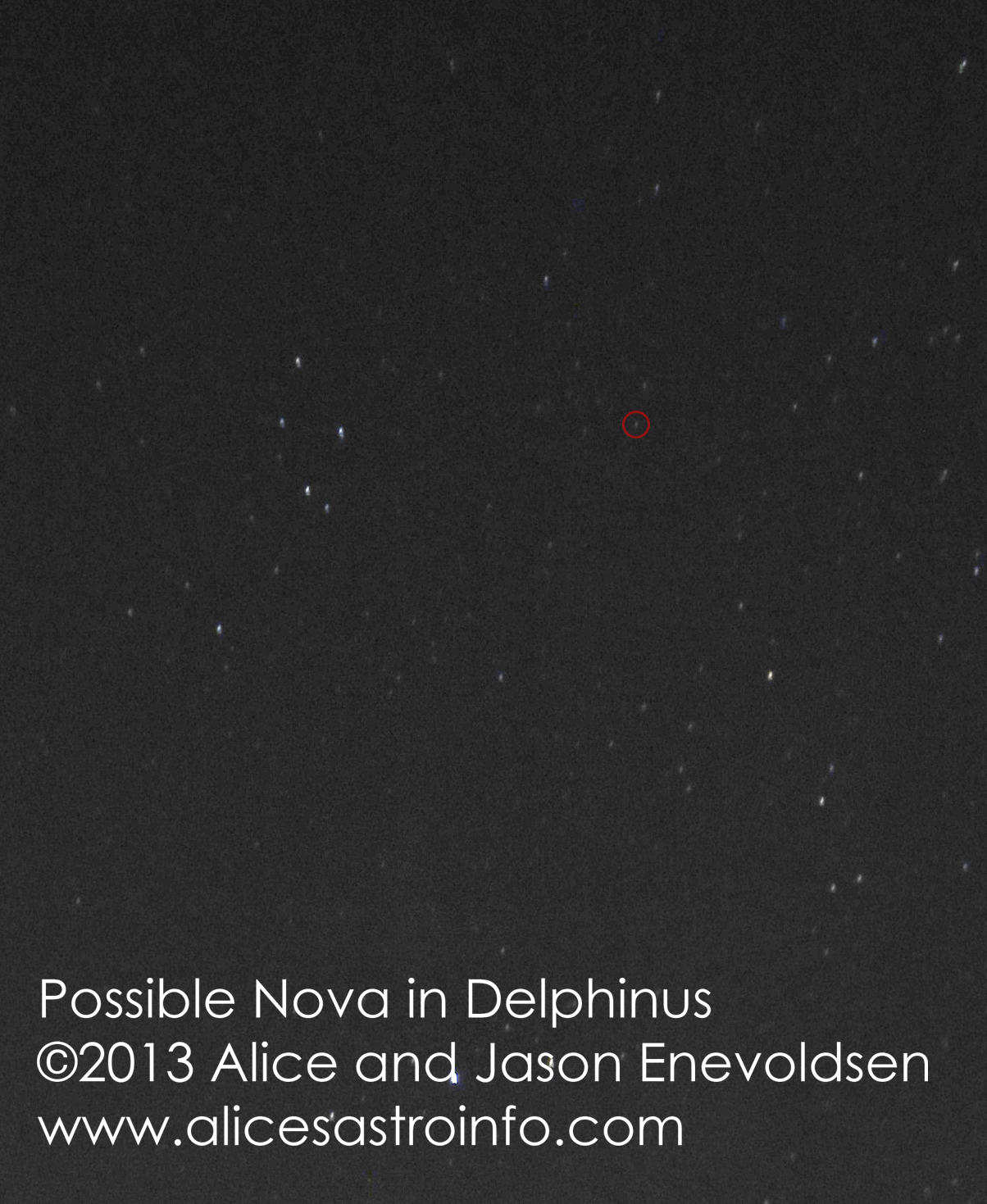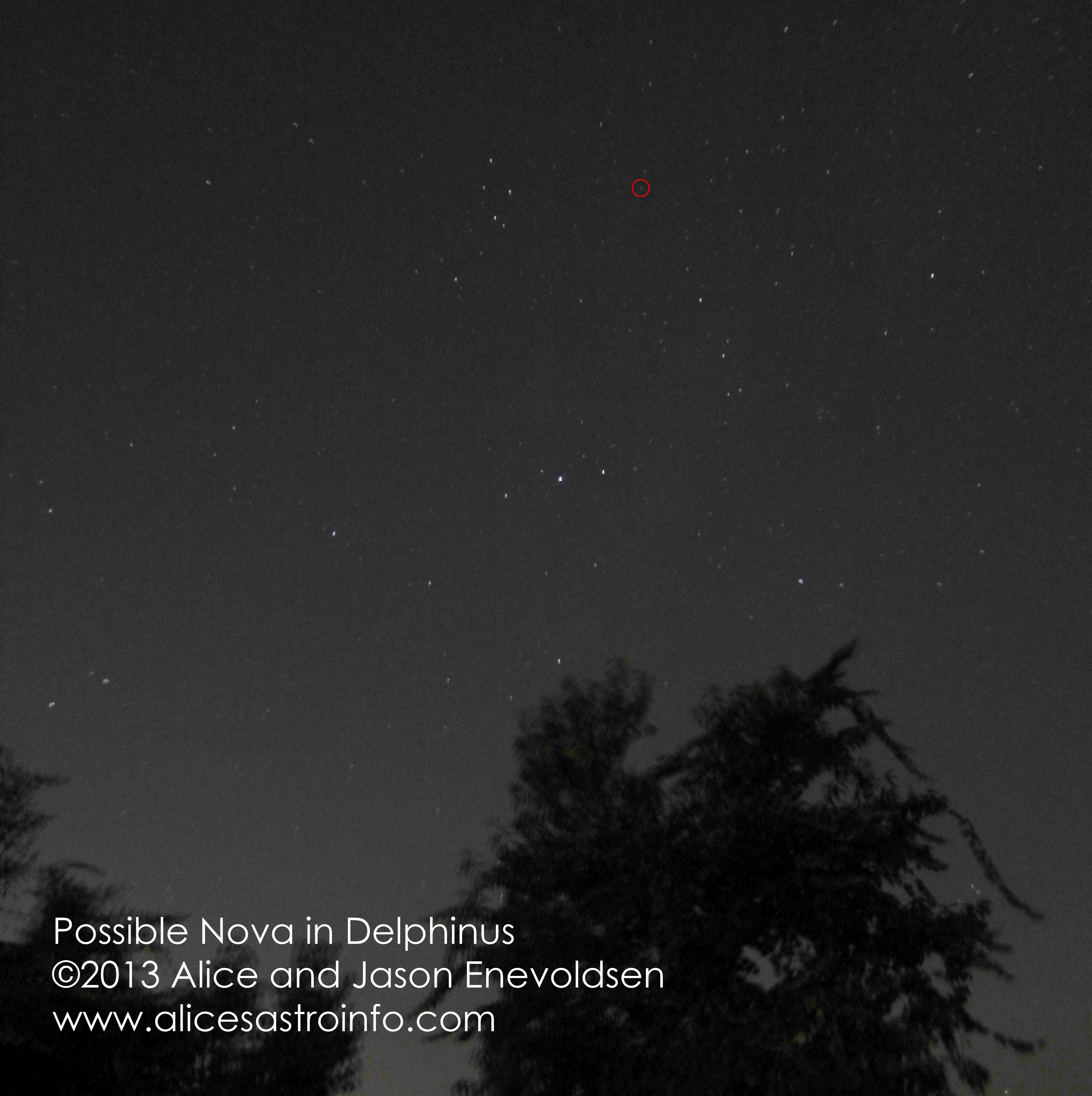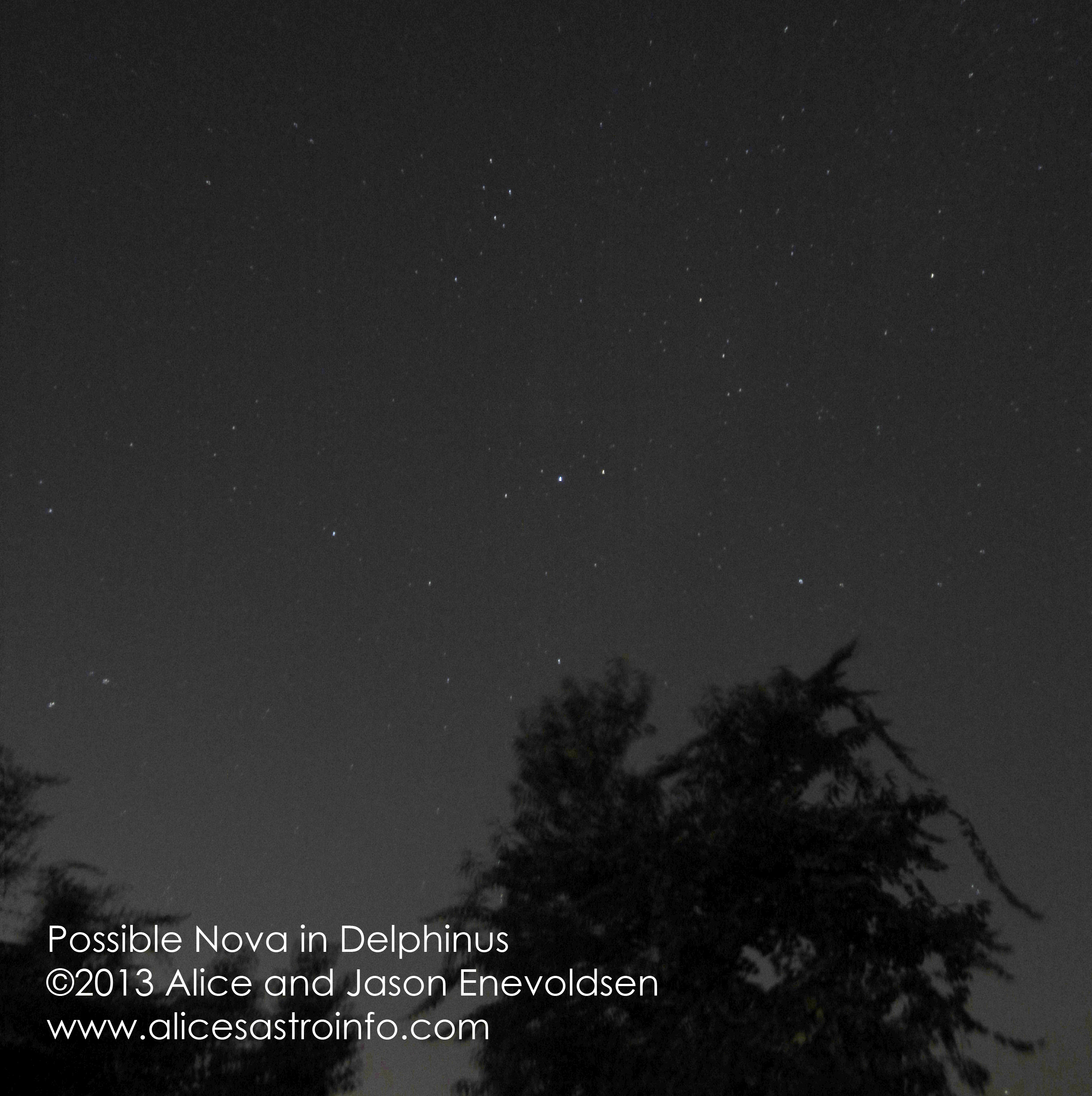Archive for the ‘You Need To Know – but Everyone Else’s Already Posted It’ Category
 Upcoming Nova in Corona Borealis
Upcoming Nova in Corona Borealis
This summer, 2024, we are likely to have a unique opportunity. There is a star in the constellation of Corona Borealis that is going to go nova. This means it is going to get much brighter, and it will look like the constellation has a new star for a short period of time. The star is named T Coronae Borealis or the Blaze Star.
(Hint, don’t confuse it with τ Coronae Borealis).
After that, the star will dim back down to something you need binoculars to see, and then dimmer still so you’ll need a telescope again–as is true right now.
Lots of info about the nova: https://www.nasa.gov/centers-and-facilities/marshall/nasa-global-astronomers-await-rare-nova-explosion/
Published directions for how to find the Corona Borealis in the night sky suggest finding Hercules first—one of the most difficult to find because it is so dim. Let’s do something else.
Corona Borealis itself is much easier to find. I suggest you use star hopping. Here’s how:
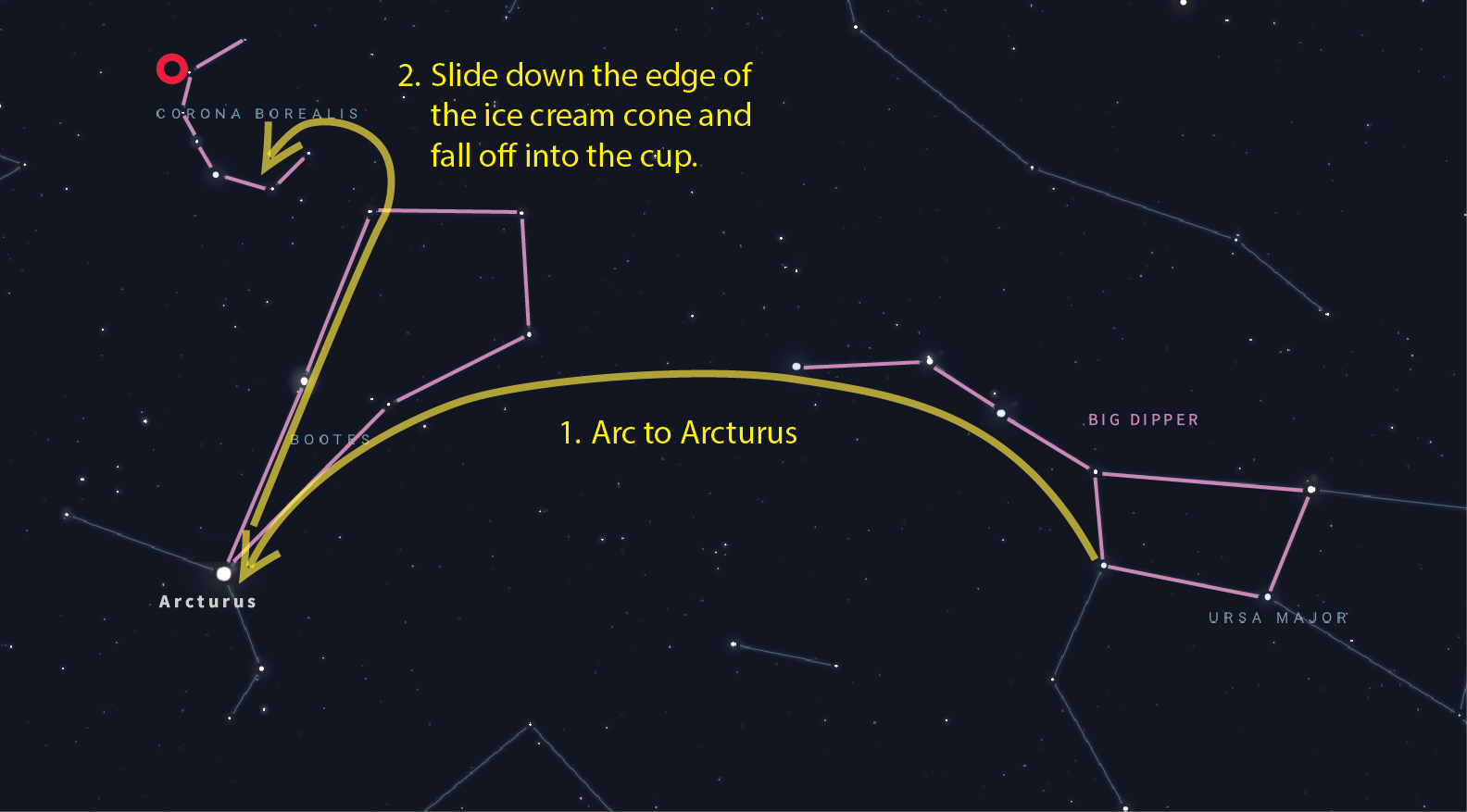
- Start by finding the Big Dipper. I know that’s a big ask at first, but it is always in the North, and pretty big. Use a planetarium app on your phone to help find it the first time.
- Follow the arc of the handle of the Big Dipper and keep on going past the end in the same arc.
- Keep following that arc until you get to a bright star. This is (believe it or not) Arcturus. You have just “arced to Arcturus.”
- Arcturus is the base of a medium brightness constellation named Boötes, which is shaped like a mostly-eaten ice cream cone.🍦
- Slide up the left-hand side and just sorta fall/flip off the end into the little cup of stars.
- 🎉Ta-Da! That little cup of stars is Corona Borealis!!!
- The nova, when it happens, will be off to the left.
Images by Alice Enevoldsen. Starfield from Stellarium. Photos from Unsplash: Ice cream cone – Dana DeVolk. Bowl – Tom Crew. Dipper – David Klein.
– Alice
 Crew Dragon Splashdown: Sunday August 2, 11:15am Pacific
Crew Dragon Splashdown: Sunday August 2, 11:15am Pacific
I will be hosting live commentary over Zoom during the Splashdown of Crew Dragon (the return to Earth of NASA’s #LaunchAmerica: the first launch of crew to orbit in a commercial spacecraft).
When: Sunday, August 2, 2020 11:15am Pacific Time
Where: Register in advance for this meeting (because it is public): https://zoom.us/meeting/register/tJYkfuqvrz8tHtF1InWLMWB77rwAopWZc8cl
I will probably be livestreaming the splashdown via https://www.nasa.gov/live within the commentary. I will be commentating directly with you, and will attempt not to be talking over the NASA and SpaceX official commentators, but explaining some terms they use and answering your direct questions.
To watch the livestream of the launch on your own go to https://www.nasa.gov/live to get the best links from NASA.
Here’s my Twitter summary of why the launch was historic, and hence the return-to-Earth as well:
This is going to be a very big step. If I’m checking my history correctly, this will be the first crewed orbital flight of a truly-new design of spacecraft since the Space Shuttles first orbited in ~1981. I’m not dismissing SpaceShipTwo’s accomplishment of suborbital human spaceflight in 2018, but orbital is definitely different.
I am also not dismissing 神舟(Shenzhou) in 2003, though you have to admit that 神舟 is very, very, very similar to Сою́з(Soyuz). In trying to capture the significance of this upcoming crewed Dragon launch, the technology of 神舟 didn’t *feel* as new.
I guess I’m trying to say this *feels* very different and very new. As we’re living in a time of heightened anxiety with the pandemic, things that *feel* like risky new technology can *feel* even newer or riskier. Let us not mistake *feelings* for quantitative and scientifically-conducted risk assessment in any of our scientific endeavors right now, be they human spaceflight, quarantine advice, or the accelerated development of massive SARS-Cov-2 testing and vaccines.
See you in the morning!
-Alice
 Comet NEOWISE (C/2020 F3) from West Seattle
Comet NEOWISE (C/2020 F3) from West Seattle
This comet is visible a couple hours before sunrise for the next few days (July 9, 10, 11) and shortly after sunset after July 12 or so. All dates and times I mention are for West Seattle, Washington, USA. We’re in Pacific Time and at latitude 47.5°. Most of the times will be approximately true for your local time if you’re between 30-50° latitude in the Northern Hemisphere.
The problem with Comet NEOWISE is, even though it is fairly bright for a comet, it is still very close to the Sun from our point of view. When the Sun is in the sky, or even not in the sky but near the horizon, the sky itself is bright, washing out dimmer stars and sky objects. So you have to find the balance point between the peak of the comet’s brightness (which seems to be today July 9) and its distance from the Sun in the sky. Starting July 12 it will get farther and farther from the Sun in our sky, and be visible later and later after sunset.
NEOWISE is currently approximately visual magnitude 2 (smaller numbers are brighter), which is easily visible in a semi-dark sky. You can use these star charts to estimate whether or not a magnitude 2 object will be visible where you are. If you can see as many stars as are in the magnitude 3 chart, or more, then the comet will be visible. If you’re reading this after July 10, check the current magnitude of the comet, and look for the chart for stars dimmer than that.
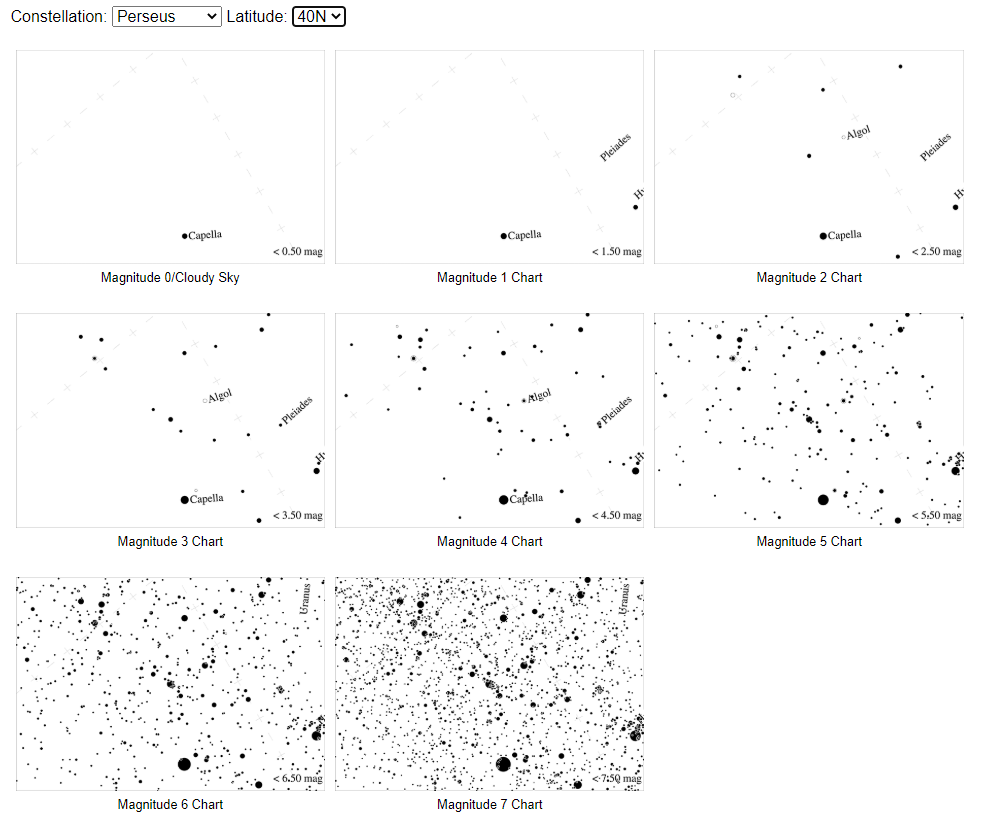
Image from Globe at Night
Morning Sky
Your best chance for July 10 and July 11, 2020 will be around 3-3:40 am looking towards the Northeastern horizon.

Image from Stellarium
The Northeast horizon is our worst horizon in West Seattle, because that’s directly over Seattle proper. Lots of light pollution. If you want to see this comet, you’ll have to go to the other side of the city. Consider the peninsula or the East side of the Cascades. Wherever you choose, please wear a mask and stay more than 6 feet away from stargazers who aren’t part of your household.
Evening Sky
In a few days, after July 12, it will start to be visible after the Sun sets. You’re welcome to try for it before July 12, but since it sets just an hour after sunset, the odds aren’t good. You’ll be looking north of the Northwest horizon.
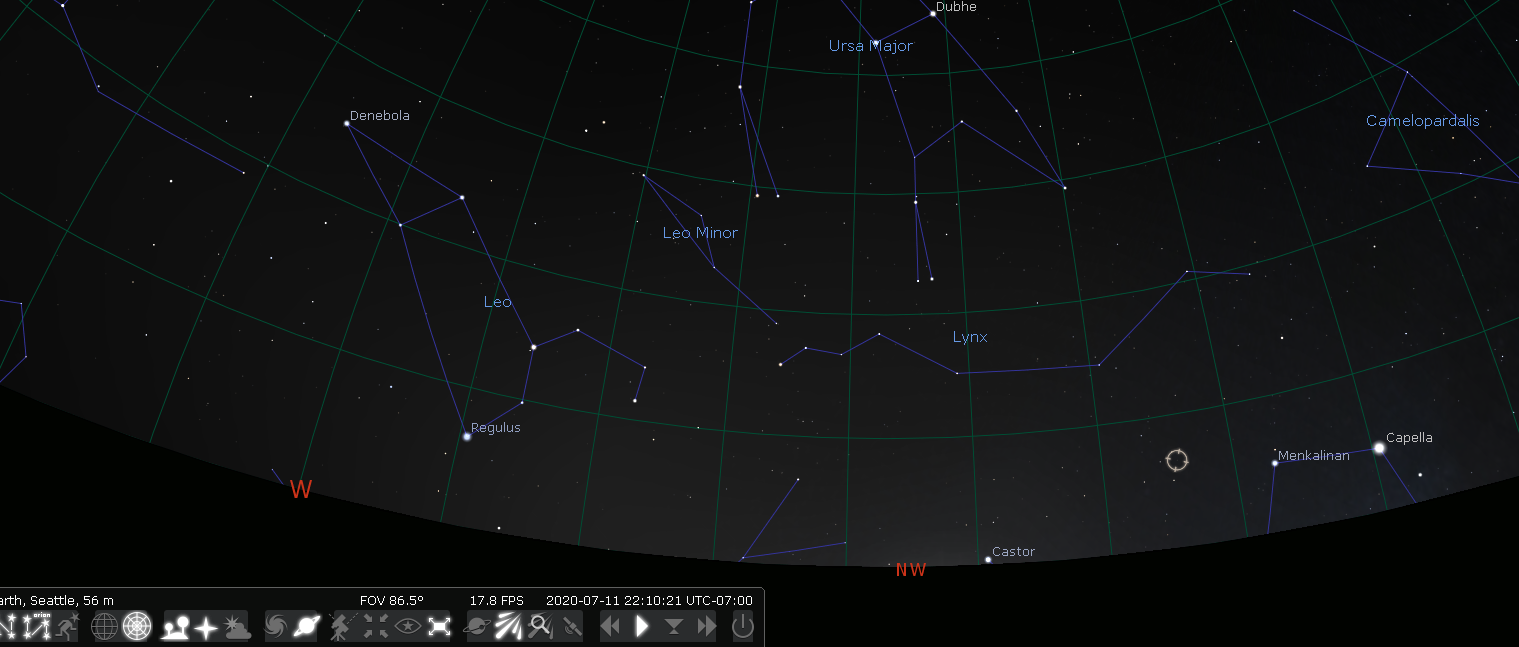
Image from Stellarium
This is a much better horizon from West Seattle, you can view it from most place on the West side of West Seattle. I recommend trying for this one starting July 12 or so, and watch the news to see if other Northern Hemisphere folks have sighted it in their evening skies yet. Wherever you choose, please wear a mask and stay more than 6 feet away from stargazers who aren’t part of your household.
Binoculars
STOP! READ THIS!
If you use binoculars to see this, you must promise me you’ll put them down about 20 minutes before sunrise is predicted to happen. Please. This object is too close to the Sun for me to risk your eyes. Similarly, don’t begin looking for it until at least 5 minutes after you see the Sun finally set below the horizon.
This comet is going to be much more spectacular in binoculars or if you take a long-exposure photograph. A number of phones have “night sight” settings in the camera now, that will also bring out a little more detail, but you’ll need to hold the phone still: rest it on a stable surface.
Any old binoculars will work, they don’t need to be specific to astronomy.
Some useful sources:
- Sky and Telescope has a map of NEOWISE’s positions over the course of July, and some photos by amateur astronomers.
- Globe at Night has some reference star charts so you know how bright the stars are that you’re able to see.
- Earth and Sky has tips on comet viewing, and the picture from Alexander Krivenyshev in Guttenberg, New Jersey is the most like what you’ll see.
- Aerith.net by Seiichi Yoshida is full of detailed information about this comet, along with its most recent brightness.
Keep Looking Up!
-Alice
 #LaunchAmerica Live Commentary: SpaceX Demo-2 test flight of Crew Dragon
#LaunchAmerica Live Commentary: SpaceX Demo-2 test flight of Crew Dragon
I will be hosting live commentary over Zoom during NASA’s #LaunchAmerica: the first launch of crew to orbit in a commercial spacecraft. The launch is currently targeted for Wednesday, May 27, at 1:33pm Pacific time. I will start my commentary at 1:00pm Pacific Time. This will all be rescheduled if the launch gets rescheduled.
When: Wednesday, May 27, 1:00pm Pacific Time
Where: Register in advance for this meeting (because it is public):
https://zoom.us/meeting/register/tJ0rdu6rqTwiGtThxCfYc7rK-UgGcvDTj6qY
I will probably not be livestreaming the launch within the commentary. It’ll be better quality if you open the Zoom link up in one tab, and the launch livestream in another. I will be commentating directly with you, and will attempt not to be talking over the NASA official commentators, but explaining some terms they use and answering your direct questions. If it does seem to work better, then I will try livestreaming the launch also. We’ll see. Technology, yo.
To watch the livestream of the launch go to https://www.nasa.gov/beourguest and register to get the best links from NASA. I will also post more links here and in the Zoom chat once we’re rolling tomorrow.
Here’s my Twitter summary of why this is historic:
This is going to be a very big step. If I’m checking my history correctly, this will be the first crewed orbital flight of a truly-new design of spacecraft since the Space Shuttles first orbited in ~1981. I’m not dismissing SpaceShipTwo’s accomplishment of suborbital human spaceflight in 2018, but orbital is definitely different.
I am also not dismissing 神舟(Shenzhou) in 2003, though you have to admit that 神舟 is very, very, very similar to Сою́з(Soyuz). In trying to capture the significance of this upcoming crewed Dragon launch, the technology of 神舟 didn’t *feel* as new.
I guess I’m trying to say this *feels* very different and very new. As we’re living in a time of heightened anxiety with the pandemic, things that *feel* like risky new technology can *feel* even newer or riskier. Let us not mistake *feelings* for quantitative and scientifically-conducted risk assessment in any of our scientific endeavors right now, be they human spaceflight, quarantine advice, or the accelerated development of massive SARS-Cov-2 testing and vaccines.
See you tomorrow!
 LIGO Gravitational Wave Detection – KOMO Radio Interview
LIGO Gravitational Wave Detection – KOMO Radio Interview
I was interviewed on KOMO Radio on February 11, 2016 about the LIGO detection of Gravitational Waves. Listen here!
 Aurora Alert: March 17, 2015 G4 Storm
Aurora Alert: March 17, 2015 G4 Storm
3/17/2015: Latest predictions have good numbers for Seattle from darkness until 11pm or 1am. This morning was better. Tonight’s a little unpredictable.
From 3/17/2015 pm:
NOAA Kp index breakdown Mar 18-Mar 20 2015
Mar 18 Mar 19 Mar 20
00-03UT 7 (G3) 4 2 5pm-8pm previous date
03-06UT 7 (G3) 3 2 8pm-11pm previous date
06-09UT 6 (G2) 3 2 11pm previous date 2am
09-12UT 5 (G1) 3 2 2am-5am
12-15UT 4 3 2 5am-8am
15-18UT 3 3 2 8am-11am
18-21UT 3 3 2 11am-2pm
21-00UT 3 4 2 2pm-5pm
Rationale: 18 March is expected to (G1-G3) storm conditions as the
effects from the CME persist. Following the end of CME effects,
geomagnetic activity should remain below G1 conditions for days two and
three (19-20 Mar).
From 3/17/2015 am:
The greatest observed 3 hr Kp over the past 24 hours was 8 (NOAA Scale
G4).
The greatest expected 3 hr Kp for Mar 17-Mar 19 2015 is 8 (NOAA Scale
G3).
NOAA Kp index breakdown Mar 17-Mar 19 2015
Mar 17 Mar 18 Mar 19
00-03UT 2 5 (G1) 4 5pm-8pm previous day (PDT)
03-06UT 5 (G1) 5 (G1) 3 8pm-11pm previous day (PDT)
06-09UT 6 (G2) 4 3 11pm previous day - 2am (PDT)
09-12UT 6 (G2) 3 3 2am-5am (PDT)
12-15UT 8 (G4) 3 3 5am-8am (PDT)
15-18UT 7 (G3) 3 3 8am-11am (PDT)
18-21UT 6 (G2) 3 3 11am-2pm (PDT)
21-00UT 5 (G1) 3 4 2pm-5pm (PDT)
Rationale: Geomagnetic storms reaching the G4 level are expected from
the combined effects of recurrent and transient features on day 1 (17
Mar). Minor storm (G1) conditions are expected to linger into early on
day 2 (18 Mar). Unsettled to active conditions (<G1) are expected for
the remainder.
Aurora viewing from Seattle, basic info, tips, locations and resources.
Basics:
What: Possible aurora. Slight greenish tinge, perhaps brighter columns or curtains in the sky, or a diffuse red glow. Do not be tricked by the normal red/yellow glow from downtown Seattle.
When: Use Timeanddate.com to convert aurora prediction times from UTC to Pacific Daylight or Standard Time.
Where: Always look North for aurorae. When clouds are predicted over Puget Sound, so I recommend viewing from Lake Kachess just past Snoqualmie Pass, or even further East. There may also be chances from Sequim or north of Everett.
How: A digital camera with a long exposure will be better at detecting the slightest glow than your eye, but once it gets bright enough you won’t need the camera anymore.
Tips (from my Twitter stream):
- Alice’s Aurora Tip #1: Be patient, keep an eye on the data (see links below) until you see something. Then turn off the data and enjoy.
- Alice’s Aurora Tip #2: Look North. Be in a dark place.
- Alice’s Aurora Tip #3: Bring a digital camera or phone with a long-exposure setting. Long-exposure images gather more light than your eye with long exposures you may see the aurora first in a viewfinder, and with your eye as it brightens.
- Alice’s Aurora Tip #4: It is usually hard to see from Seattle, even when visible. Give your eyes a chance to adapt. Enjoy the stars too.
Advanced:
When Kp levels surpass 5 it is worth starting to check in. In Seattle, we hope for Kp levels of 6 or greater for the best chance to see the aurora. I explained Kp over here.
You should watch these forecasts for minute-to-minute updates:
The Ovation Model – a prediction: bright green, yellow or red overlapping Seattle means go outside and look.
Soft Serve News – a prediction: Kp over 5 means possible aurora for Seattle, but the higher the better. If it hits 6 go outside.
Current Activity – a measurement: If the yellow/orange/red looks like it is overlapping the border between the US and Canada, the aurora might be visible from Seattle. Again, the closer the better.
Estimated Kp – a prediction: Kp over 5 is good news. Remember the date/time along the bottom are in Universal Time so subtract 7 hours.
*NEW* Advanced Solar Wind Charge/Direction – a measurement: scroll down. On the left under “Real Time Solar Wind” is a little speedometer thing labeled “Bz.” When this is pointed towards S/-50/Red we have better auroras in the Northern Hemisphere. When it is pointed the other way, the Southern Hemisphere has better aurora.
NOAA’s Space Weather Prediction Center – lots of info in one place.
Cloudcover prediction for tonight at 11pm:
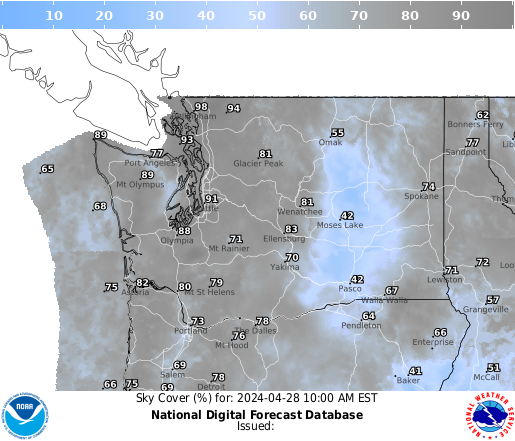
This image should have today’s date on it. If it does not, click on the image and choose “Sky Cover, 11pm” from the table on the left.
Cloudcover information from NOAA
*NEW* Recommended Viewing Locations:
My general stargazing location recommendations.
 Aurora Alert? Where to find more info
Aurora Alert? Where to find more info
9/12/2014: Latest predictions have great numbers for Seattle from darkness until 11pm or 1am.
NOAA Kp index breakdown Sep 13-Sep 15 2014
Sep 13 Sep 14 Sep 15
00-03UT 7 (G3) 4 4
03-06UT 7 (G3) 5 (G1) 3
06-09UT 6 (G2) 5 (G1) 3
09-12UT 5 (G1) 4 3
12-15UT 5 (G1) 3 2
15-18UT 4 3 2
18-21UT 4 3 2
21-00UT 5 (G1) 4 2
Aurora viewing from Seattle, basic info, tips, locations and resources.
Basics:
What: Possible aurora. Slight greenish tinge, perhaps brighter columns or curtains in the sky, or a diffuse red glow. Do not be tricked by the normal red/yellow glow from downtown Seattle.
When: Use Timeanddate.com to convert aurora prediction times from UTC to Pacific Daylight or Standard Time.
Where: Always look North for aurorae. When clouds are predicted over Puget Sound, so I recommend viewing from Lake Kachess just past Snoqualmie Pass, or even further East. There may also be chances from Sequim or north of Everett.
How: A digital camera with a long exposure will be better at detecting the slightest glow than your eye, but once it gets bright enough you won’t need the camera anymore.
Tips (from my Twitter stream):
- Alice’s Aurora Tip #1: Be patient, keep an eye on the data (see links below) until you see something. Then turn off the data and enjoy.
- Alice’s Aurora Tip #2: Look North. Be in a dark place.
- Alice’s Aurora Tip #3: Bring a digital camera or phone with a long-exposure setting. Long-exposure images gather more light than your eye with long exposures you may see the aurora first in a viewfinder, and with your eye as it brightens.
- Alice’s Aurora Tip #4: It is usually hard to see from Seattle, even when visible. Give your eyes a chance to adapt. Enjoy the stars too.
Advanced:
When Kp levels surpass 5 it is worth starting to check in. In Seattle, we hope for Kp levels of 6 or greater for the best chance to see the aurora. I explained Kp over here.
You should watch these forecasts for minute-to-minute updates:
The Ovation Model – a prediction: bright green, yellow or red overlapping Seattle means go outside and look.
Soft Serve News – a prediction: Kp over 5 means possible aurora for Seattle, but the higher the better. If it hits 6 go outside.
Current Activity – a measurement: If the yellow/orange/red looks like it is overlapping the border between the US and Canada, the aurora might be visible from Seattle. Again, the closer the better.
Estimated Kp – a prediction: Kp over 5 is good news. Remember the date/time along the bottom are in Universal Time so subtract 7 hours.
*NEW* Advanced Solar Wind Charge/Direction – a measurement: scroll down. On the left under “Real Time Solar Wind” is a little speedometer thing labeled “Bz.” When this is pointed towards S/-50/Red we have better auroras in the Northern Hemisphere. When it is pointed the other way, the Southern Hemisphere has better aurora.
NOAA’s Space Weather Prediction Center – lots of info in one place.
Cloudcover prediction for tonight at 11pm:

This image should have today’s date on it. If it does not, click on the image and choose “Sky Cover, 11pm” from the table on the left.
Cloudcover information from NOAA
*NEW* Recommended Viewing Locations:
My general stargazing location recommendations.
 More Exoplanets!
More Exoplanets!
I expect posts announcing confirmations of new exoplanets to become fairly regular over the next few years. We (well, Dr. Jack and his team, and Dr. Jason and his team) confirmed more exoplanets!
The Upshot
Dr. Jack (Lissauer) and Dr. Jason (Rowe) confirmed 715 new planets out of the 4 years of planetary candidate data collected by NASA’s Kepler mission between 2009 and 2013. Our confirmed total is now 1792 1690, according to the Kepler team, though not all discovered by Kepler.
Why is this Important?
Batch Processing via Probabilities
This is a meaningful discovery not simply because that’s 715 more planets that aliens might live on, but also because Jack and his team figured out a way to confirm planets in the Kepler data much faster than anyone else, so far. If you remember when Craig Vetner and Celera scooped the Human Genome Project and quickly produced what was then called the first complete human genome, this is a similar breakthrough (hopefully less controversial!).
Jack & Jason’s team uses probabilities to determine if candidates are actually planets. Read more about it in the press release.
What counts as dead, for a mission?
If you remember last May, you’ll have a vague inkling about some news that the Kepler spacecraft had finally failed. This is somewhat true, but misleading if you remember it like that. The third gyroscope (stabilizer) onboard Kepler failed, making it so it could no longer point accurately enough to continue the extension of the original mission.
Lucky for us, not only had Kepler already finished it’s original mission and a continuation, but we still haven’t finished processing all the data from the original mission. This latest press release is just the beginning of a slew of announcements confirming more and more exoplanets out of that collected data. There are over 3,000 more candidates yet to confirm.
Beyond that, there is a new mission proposed for Kepler, using only the two remaining gyroscopes. This mission is called K2 and hopes to study “planet formation processes, young stars, stellar activity, stellar structure and evolution, and extragalactic science” by examining other parts of the sky that are easier to point at steadily with two reaction wheels.
All in all: it’s not dead yet!
Some Details
Numbers, numbers, numbers!
You know I’m more a fan of comparisons in blog posts, rather than focusing on numerical values, but these ones are neither so large nor so small as to be mind-boggling, they’re just cool:
Total Confirmed Exoplanets, as of today: ~1792Confirmed Exoplanets from Kepler: ~1656Confirmed Exoplanets from other sources: ~136All current Exoplanet Candidates from Kepler: 3,8457286 sources identified by Kepler, including the ones that aren’t planets
Whoops! Some of my numbers are a bit off. Here’s the fix (Thanks Toshi!)
- Total Confirmed Exoplanets, as of today: ~1690 (depends on exactly which database you use)
- Confirmed Exoplanets from Kepler: ~961
- Confirmed Exoplanets from other sources: ~729
- All current Exoplanet Candidates from Kepler: ~3,845
- ~7286 sources identified by Kepler, including the ones that aren’t planets (no change)
The source of my error was mostly the database I chose to use and it’s lack of recent updates.
SO, I turned this into “batting averages” for Tom Hutyler since he’s always asking me for stats on my astronomy reports! Kepler currently rests at .227 .132 and can only go up from there, with a top-out possibility at .755 .528. I suspect we’ll have a good mostly-final “batting average” in about two years, based on how much data is left. I also suspect it will be on the high end, but that’s just a guess… or a friendly wager if you care to take it.
There is a press release out there that says these 715 planets have tripled the number of confirmed exoplanets. I can’t work that out with all the numbers of planets I can find. So don’t say tripled” unless you can back it up. And please comment if you can figure out how 715 more planets triples what we knew of before. Toshi helped! Thanks!
Want More?
If you’re trying to doodle around on the internet for a while more, go play with the Extreme Planet Makeover game from NASA!
Where I got my numbers: Exoplanet Archive:1077; Kepler before today: 941; Kepler totals.
![]()
~ A l i c e !
 Comet ISON from Seattle, after Perihelion (November 28)
Comet ISON from Seattle, after Perihelion (November 28)
Latest Updates on Comet ISON
by Alan MacRobert
“Only a dim “ghost of ISON” survived the comet’s November 28th passage around the Sun. The comet’s head dwindled away as it raced through the Sun’s greatest heat, but a headless streak emerged into spacecraft view out from the other side of the encounter. It’s traveling along the comet’s originally prescribed track but fading steadily, with no sign of cometary activity. Very little or nothing is likely to become visible from Earth.”From: http://www.skyandtelescope.com/community/skyblog/observingblog/193909261.html which is a good, trustworthy general observing resource
Me again:
So as we come out of the blind period today and tomorrow, we are not going to be able to observe Comet ISON from Seattle unless something unexpected and unprecedented happens. Comets are notably unpredictable, but that unpredictability peaks as they pass the Sun, and then they are usually much more normal and not so erratic in their brightness and tail-length after their closest approach.
So, the “Comet of the Century” is relegated to being “the most-anticipated comet of the decade.” Not to worry, we still have two other visible comets in our night sky: Lovejoy and Encke. There’s also Comet LINEAR, but that one is also for experienced viewers.
Advanced viewers can use the finding charts at Waiting For ISON to find Comet ISON with telescopes: http://waitingforison.wordpress.com/november-2013/Text Block 1
![]()
~ A l i c e !
 BREAKING NEWS: Possible Nova in Delphinus
BREAKING NEWS: Possible Nova in Delphinus
There is a new object, probably a nova, visible right now in the tiny constellation of Delphinus, between the bright stars Altair and Deneb in the Summer Triangle. This so-called “transient” object (because it wasn’t there before and will dim away and be gone at some point) is technically easy to see from Seattle. You’ll need binoculars, the clouds to go away, and some patience with yourself and the finder charts. The main barrier to seeing this object yourself is going to be knowing exactly which star is the nova, and learning to read increasingly-zoomed-in star-finder charts.
The Basics
Current object name: PNV J20233073+2046041
Discoverer: Koichi Itagaki of Yamagata, Japan
Equipment: an approximately 7-inch reflector (and a CCD). This is not quite twice as large as Pacific Science Center’s Orion Starblaster, and yet less than half the size of our Columbia Telescope.
Visibility: This object is currently a little dimmer than magnitude 6 – which is the limit of unaided human vision with perfect, dark skies. This object should be easy to pick out with binoculars, and there is a little evidence that it is getting brighter. See Sky and Telescope and Universe Today for finder charts. The constellation Sagitta is pointing straight at the new object.
Discovery Date and Time: Wednesday 8/14/2013 around 12pm Universal Time (a bit past 5am in Seattle)
Here is Mr. Itagaki’s discovery photo:
Here is my mostly unprocessed and much larger photo pointing in the right direction. These two photos are at VERY different scales, and the nova is not necessarily visible in my image. It might be, but I need to do more processing. The only thing I did here was brighten it up and add the lines and arrow.
And I DID catch the possible nova! Jason did the processing on these photos. These photos are copyright by me, but you may use them, with attribution, for educational use. Please let me know if you are using these images. Click the image to see the full-resolution version.
Interpretation hints:
Remember that there are multiple kinds of novae, one of the most common being a two-star system of a giant star and a white dwarf. As material falls from the giant star onto the dwarf star it makes novas every once in a while. This transient object is not confirmed to be a nova at all, let alone a supernova, and we don’t know how far away it is (though it is definitely far enough to pose no threat). Therefore, I recommend against comparing this nova to star-death supernovae (so no Hoberman sphere), though if it comes up you might as well just clarify that there are different types.
This also might be a wonderful time to talk about light-years and distance and time. This supernova definitely happened hundreds, thousands, or millions of years ago. The light just began to reach us yesterday. It isn’t that the nova happened yesterday, it’s that the light just got to us.
Want More?
http://www.aavso.org/bright-68u-possible-nova-del
http://www.cbat.eps.harvard.edu/unconf/followups/J20233073+2046041.html
http://www.skyandtelescope.com/observing/home/Bright-Nova-in-Delphinus-219631281.html
![]()
~ A l i c e !
